Lundy Island: The joys of a good walk, inspiring beauty and no phone signal
Fiona Reynolds was left refreshed and exhilarated after a trip to Lundy Island.
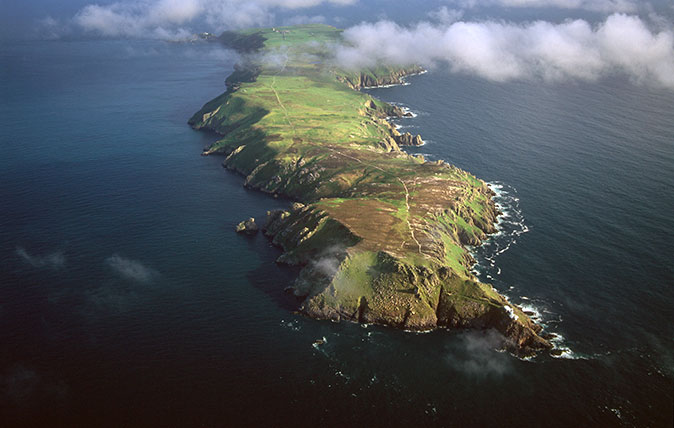

After an intense university term, nothing is more appealing than the prospect of time on an island with no phone or wifi signals. We’ve spent Easter on Lundy for the past 15 years and we boarded the trusty HMS Oldenburg at Ilfracombe with the sense of enjoyment that accompanies familiarity and freedom.
Lundy, which can be seen from the north Devon coast, is three miles long and half a mile wide: a granite tabletop surrounded by precipitous 200ft cliffs and battered by huge Bristol Channel seas. Only in the southeast of the island is there a proper beach and landing bay and, as we walked from it up to the village in warm sunshine, we could feel our worries evaporating.
‘What do you do on Lundy?’ people ask, knowing that I love walking, but curious as to how such a small island could satisfy me. The list is endless. We go to see puffins – recolonising the now rat-free island in numbers and just arriving after a winter at sea – peregrine falcons and massing razorbills; the herds of wild goat, Soay sheep, sika deer and Lundy ponies; and seals that loll fatly on sun-kissed rocks before sliding into the sea with unexpected grace. Even after 15 years, there are new places to explore among the craggy cliffs. There are newborn lambs and Highland cattle, jigsaws and good books in the comfortable Landmark Trust cottages.
My favourite thing is to circumnavigate the island, taking the path closest to the cliffs. Walking clockwise, I begin at the Old Light, a defunct, beautiful granite lighthouse, working my way north past the Battery, an old lookout; the Earthquake and Jenny’s Cove where puffins nest; the impressive Devil’s Slide, a challenge for any climber; and eventually picking my way along the very top of the cliffs to where North Light perches and the rough seas smash into the rocks as the currents meet.

Off the north-east point, I begin to see seals, lots of them, in the water and gathering on the rocks of Gannets’ Bay as I turn out of the wind into the gentler east coast. The path twists and turns through Gannets’ Combe before becoming a delightful, grass-clad walk which hugs the gentle slopes as they slide into the sea. On past the Mousehole and Trap, Brazen Ward – a huge flat rock loved by seals – and under the pinnacle-like cliffs of Tibbetts Hill, haunted by peregrines.
Approaching the village, I walk past the quarries from which a former owner hoped he’d make his fortune exporting granite, along cliff edges happily stripped of rhododendrons and revelling in primroses and early bluebells and into Lundy’s only patch of woodland, sheltered from wind and fenced against deer.
I descend to the landing beach and Rat Island, Lundy’s big toe, before climbing steeply to the Castle, the oldest building on the island, with its history of smuggling, pirates and dungeons. Skirting the seaward side of the Castle exposes the delicious sweep of the south coast, its springy turf dotted with sea thrift teased into bloom by the April sun.
Sign up for the Country Life Newsletter
Exquisite houses, the beauty of Nature, and how to get the most from your life, straight to your inbox.
The cliff edge is scarily steep: once, the farmer’s quadbike was picked up by the wind and smashed to smithereens on the rocks below. As if to emphasise a sense of peril, the island’s south-west corner is dominated by a vast chasm, the Devil’s Limekiln, the product of a massive ancient geological slip.
My last leg is back up the west coast, head down against the wind, past Montagu’s Steps and Pilot’s Quay. The approach to the Old Light is welcome – this walk hasn’t been a stroll. My reward is a half-pint of Old Light bitter at the Marisco Tavern, which confirms that all’s well in the world after a good walk, inspiring beauty and no phone.
- - -
Fiona Reynolds (@fionacreynolds) is Master of Emmanuel College, Cambridge and author of 'The Fight for Beauty'
Country Life is unlike any other magazine: the only glossy weekly on the newsstand and the only magazine that has been guest-edited by HRH The King not once, but twice. It is a celebration of modern rural life and all its diverse joys and pleasures — that was first published in Queen Victoria's Diamond Jubilee year. Our eclectic mixture of witty and informative content — from the most up-to-date property news and commentary and a coveted glimpse inside some of the UK's best houses and gardens, to gardening, the arts and interior design, written by experts in their field — still cannot be found in print or online, anywhere else.
-
 Five beautiful homes, from a barn conversion to an island treasure, as seen in Country Life
Five beautiful homes, from a barn conversion to an island treasure, as seen in Country LifeOur pick of the best homes to come to the market via Country Life in recent days include a wonderful thatched home in Devon and a charming red-brick house with gardens that run down to the water's edge.
By Toby Keel Published
-
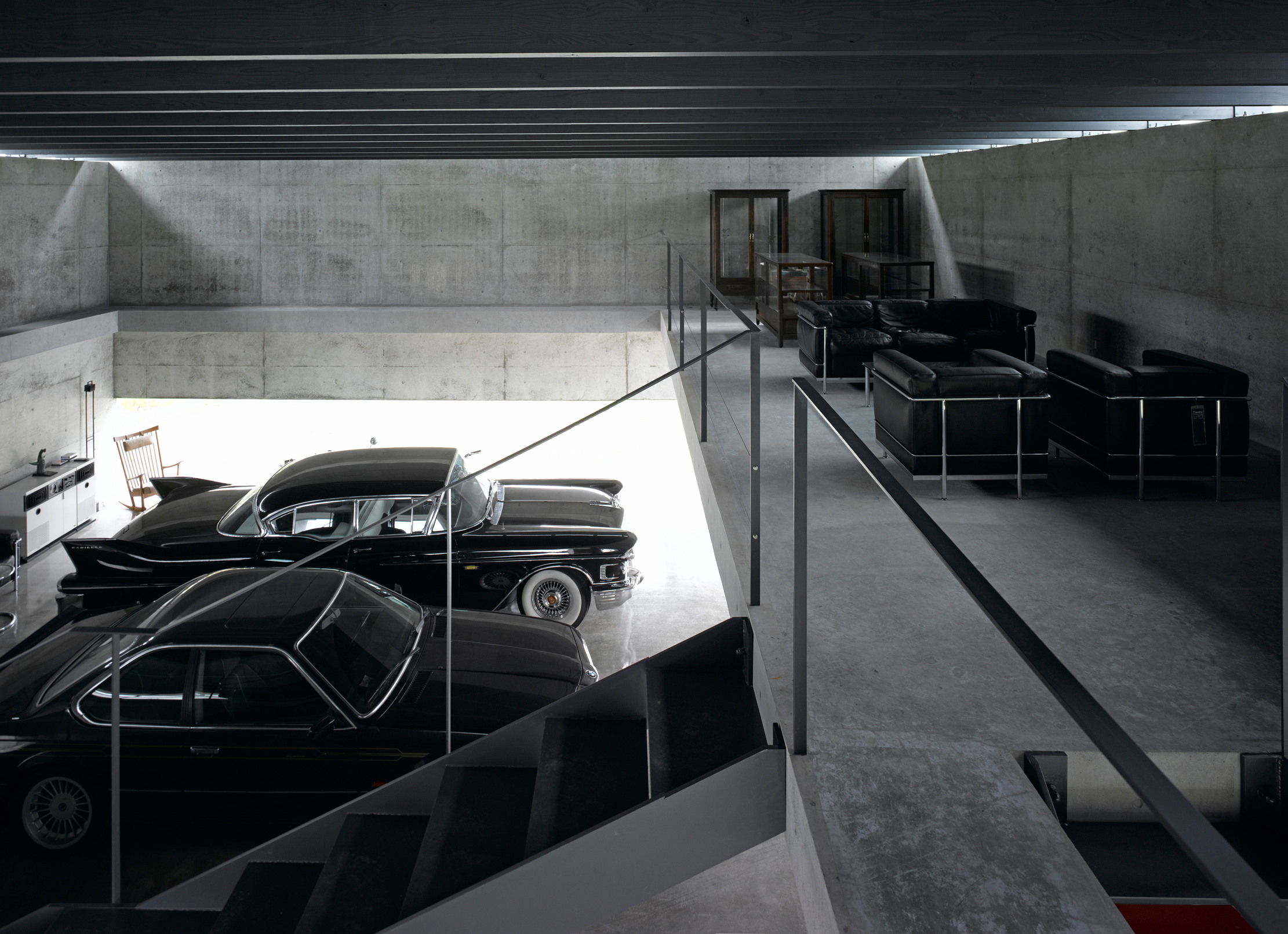 Shark tanks, crocodile lagoons, laser defences, and a subterranean shooting gallery — nothing is impossible when making the ultimate garage
Shark tanks, crocodile lagoons, laser defences, and a subterranean shooting gallery — nothing is impossible when making the ultimate garageTo collectors, cars are more than just transport — they are works of art. And the buildings used to store them are starting to resemble galleries.
By Adam Hay-Nicholls Published
-
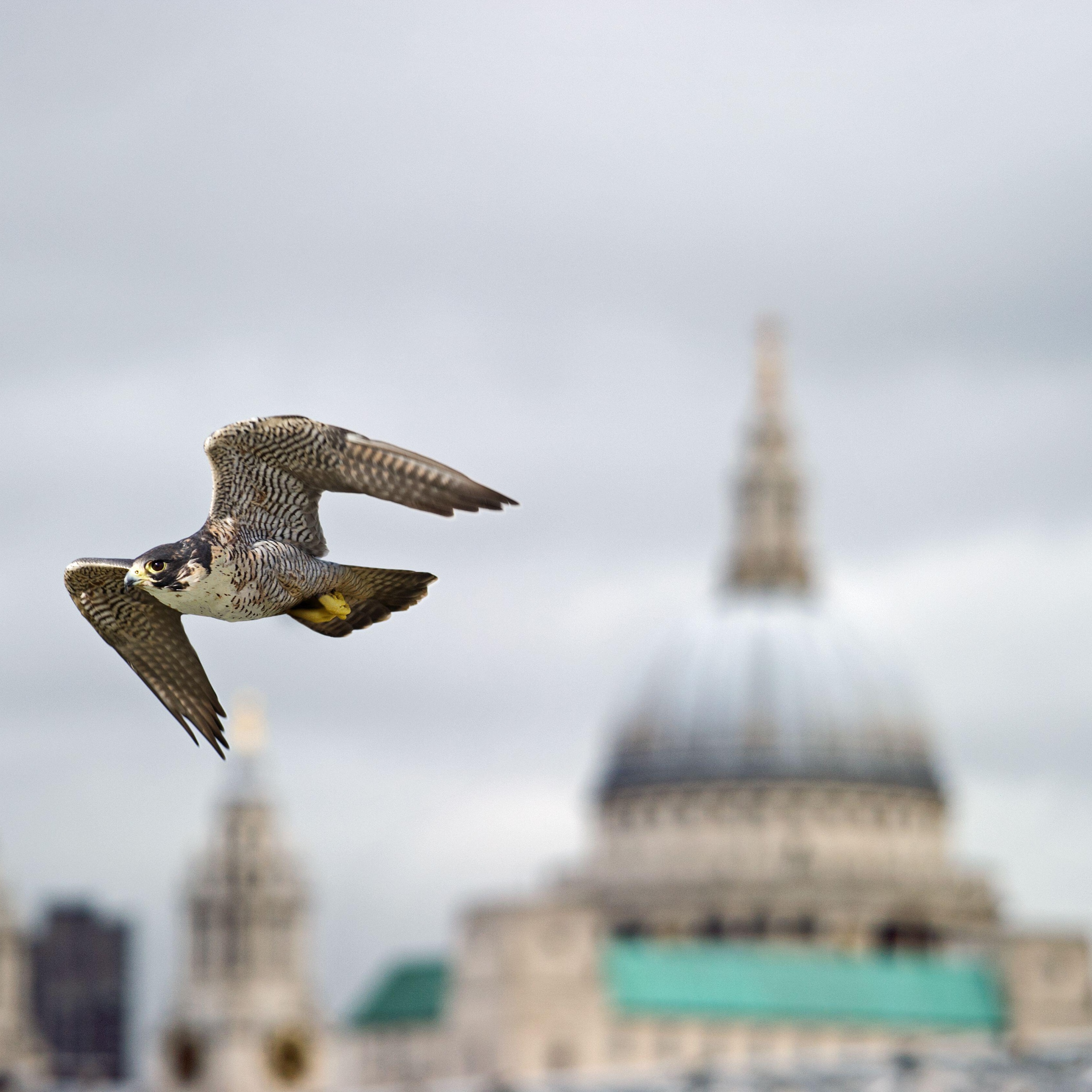 The birds of urban paradise: How to get twitching without leaving the city
The birds of urban paradise: How to get twitching without leaving the cityYou don't need to leave the concrete jungle to spot some rare and interesting birds. Here's a handy guide to birdspotting in Britain's towns and cities.
By Richard Smyth Published
-
 Food with a pinch of salt: The crops we can harvest from the sea
Food with a pinch of salt: The crops we can harvest from the seaFilling, rewarding and nutritious, vegetables and plants grown in saline environments — whether by accident or design — have plenty of potential. Illustration by Alan Baker.
By Deborah Nicholls-Lee Last updated
-
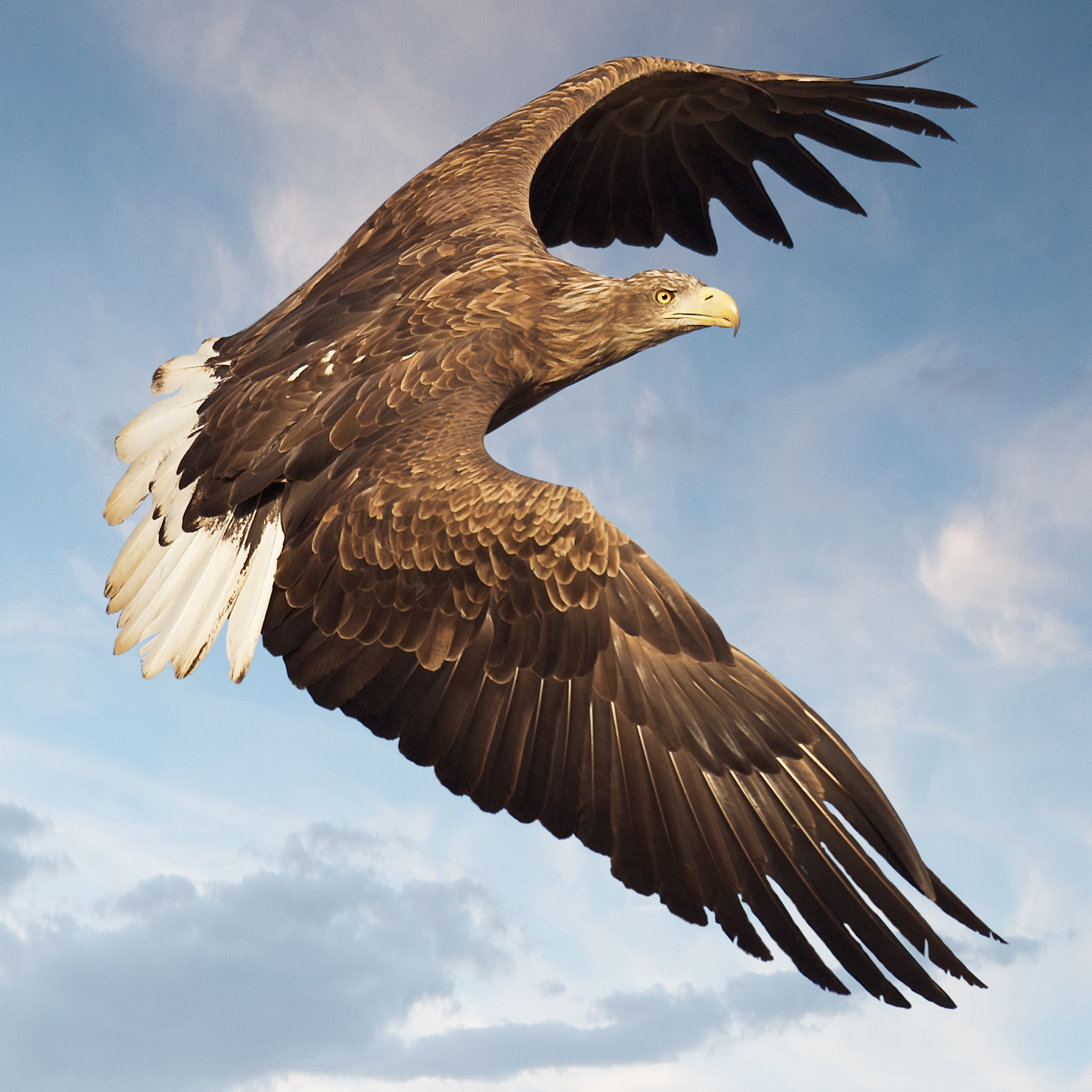 White-tailed eagles could soon soar free in southern England
White-tailed eagles could soon soar free in southern EnglandNatural England is considering licensing the release of the raptors in Exmoor National Park — and the threat to pets and livestock is considered to be low.
By Jack Watkins Published
-
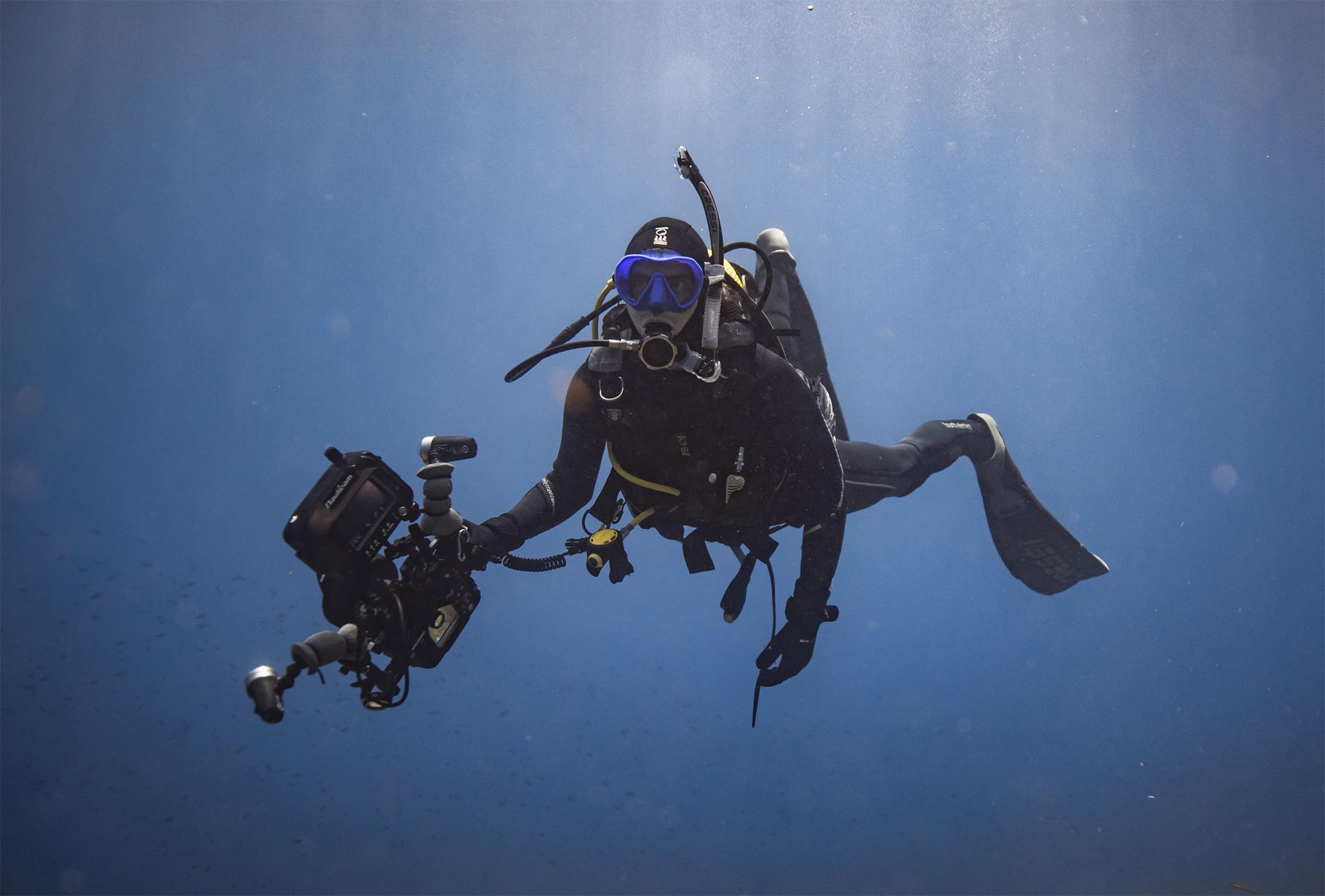 Britain's whale boom and and the predator that's far scarier than a great white shark, with wildlife cinematographer Dan Abbott
Britain's whale boom and and the predator that's far scarier than a great white shark, with wildlife cinematographer Dan AbbottThe wildlife cinematographer Dan Abbott joins us on the Country Life Podcast.
By Toby Keel Published
-
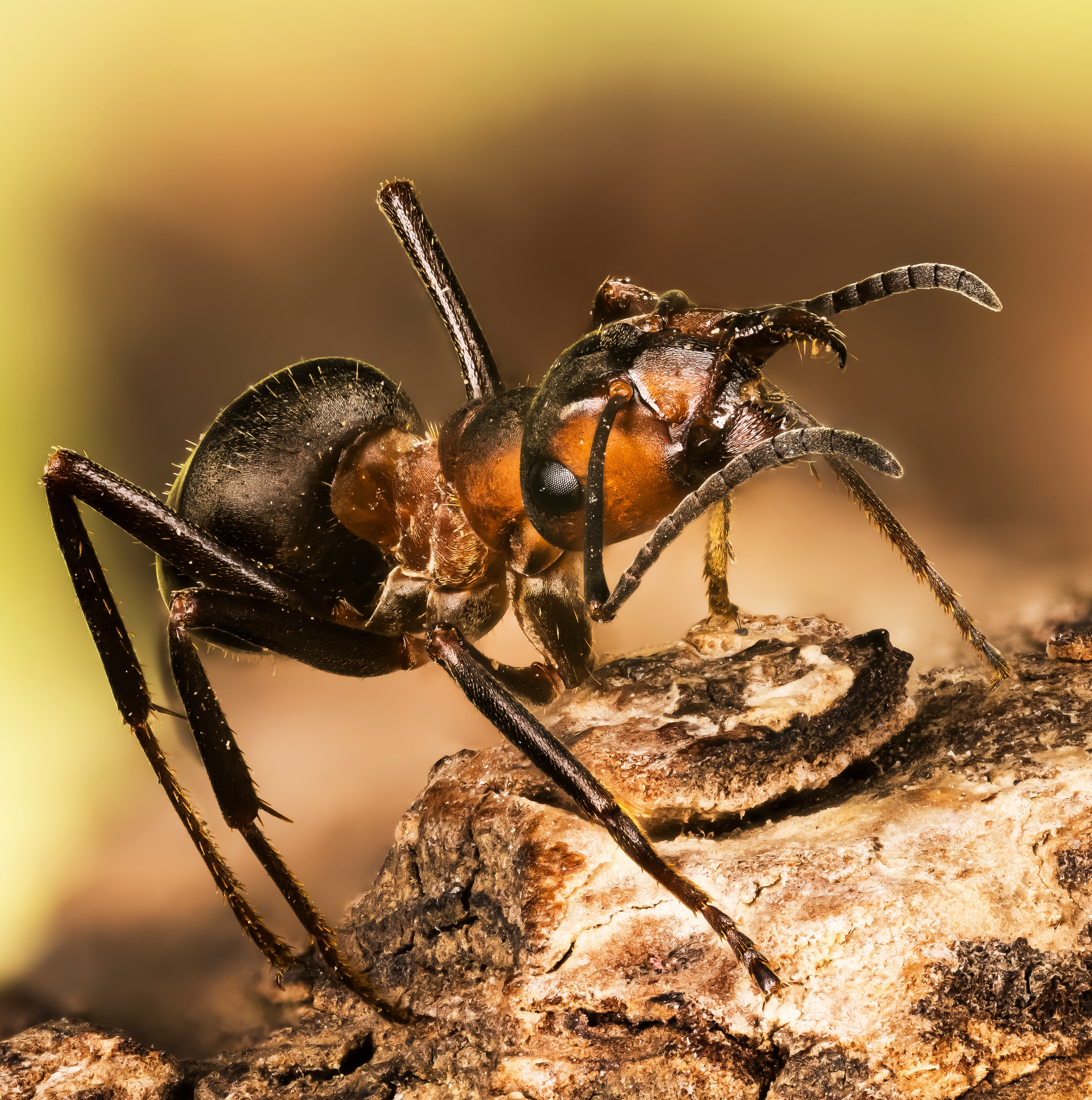 'They are inclined to bite and spray acid to protect territory': Meet the feisty red wood ant
'They are inclined to bite and spray acid to protect territory': Meet the feisty red wood antBy Ian Morton Published
-
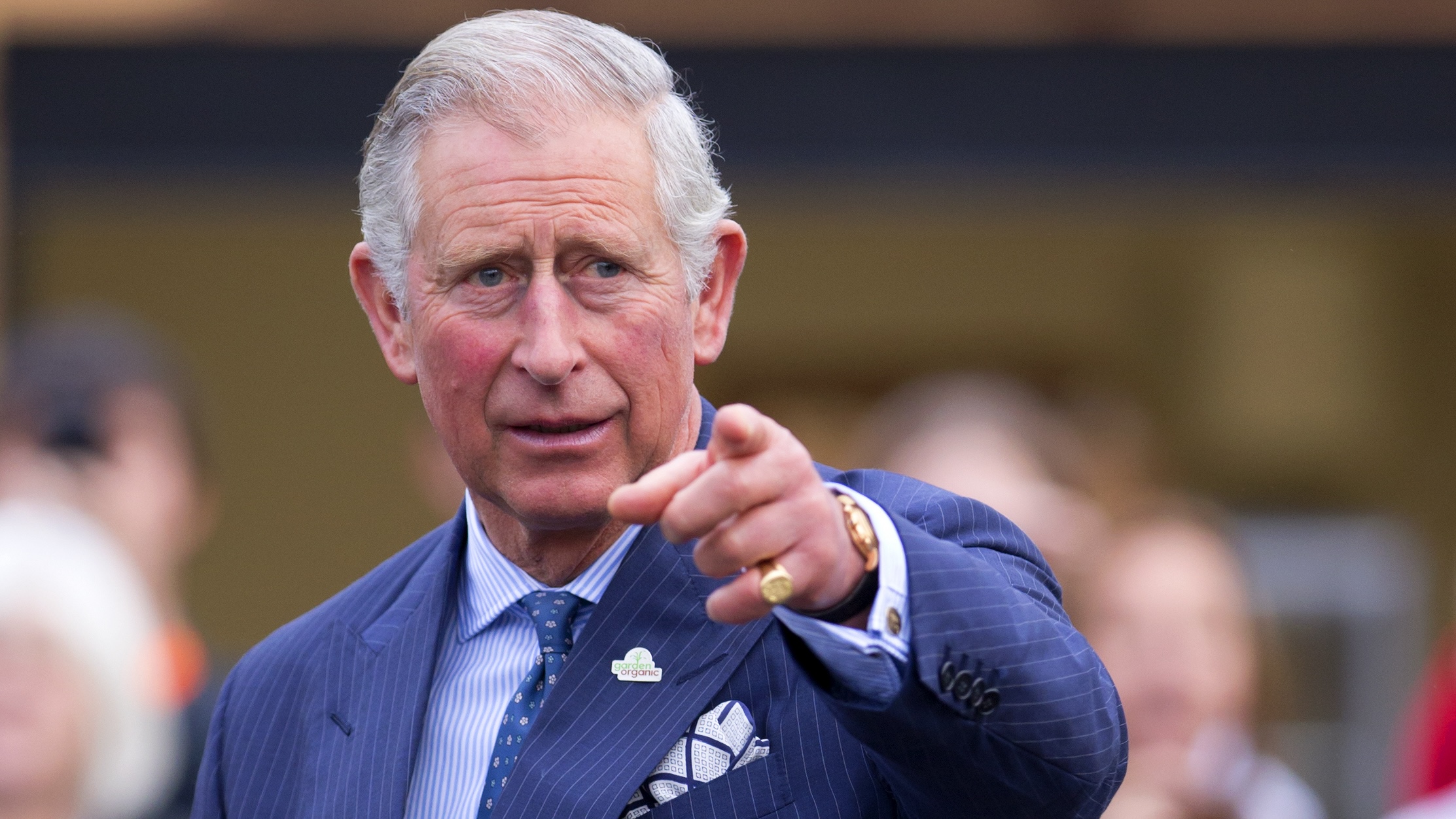 The King wants YOU: His Majesty's call-to-arms for under-35s across Britain
The King wants YOU: His Majesty's call-to-arms for under-35s across BritainThe King’s Foundation has launched its ‘35 under 35’ initiative — a UK-wide search for ‘the next generation of exceptional makers and changemakers’ who want to work holistically with Nature.
By Amie Elizabeth White Published
-
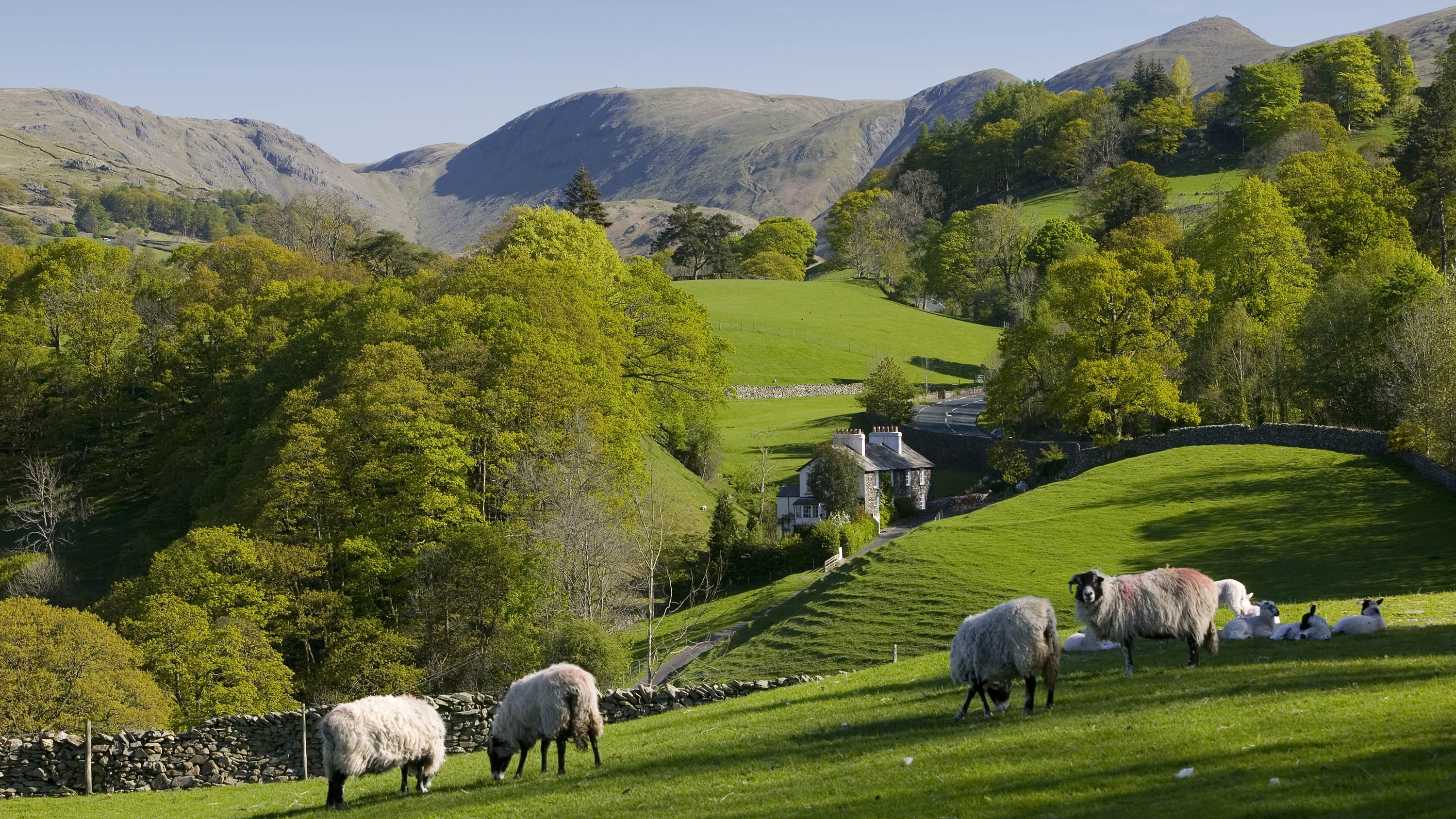 'A big opportunity for a small, crowded and beautiful country': Fiona Reynolds on how the Land Use Framework can make Britain better
'A big opportunity for a small, crowded and beautiful country': Fiona Reynolds on how the Land Use Framework can make Britain betterThe Government’s Land Use Framework should be viewed as an opportunity to be smarter with our land, but conflicts need to be resolved along the way says Fiona Reynolds, chair of the Food, Farming and Countryside Commission.
By Fiona Reynolds Published
-
 Dawn Chorus: A river comes to life, more mews is good mews, and the new 400-mile electric Volvo
Dawn Chorus: A river comes to life, more mews is good mews, and the new 400-mile electric VolvoRivers now have the legal right to flow, and to not be full of pollution. It's about time.
By James Fisher Published